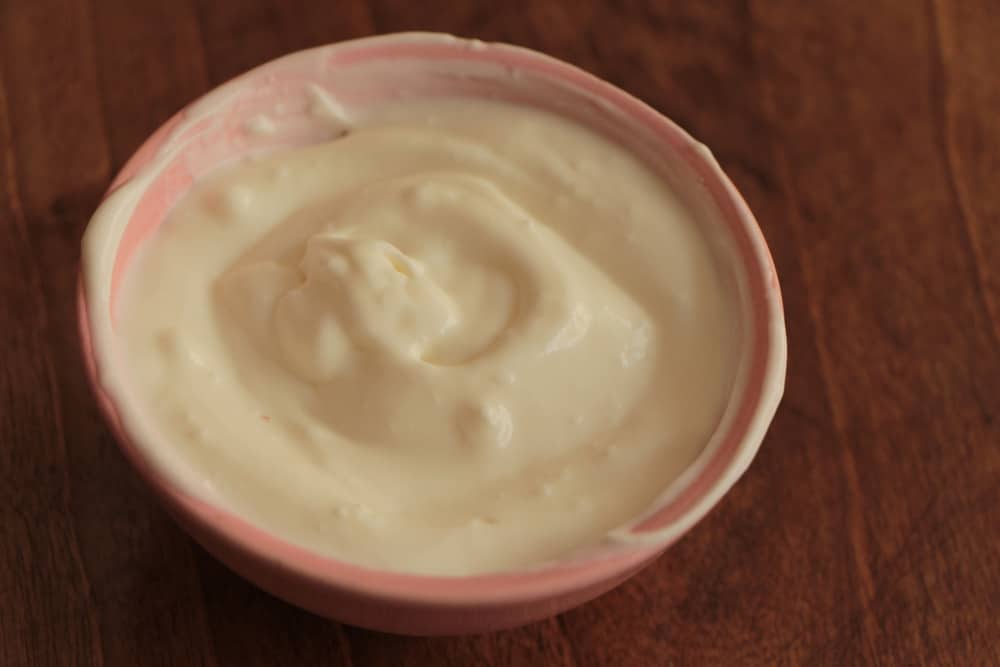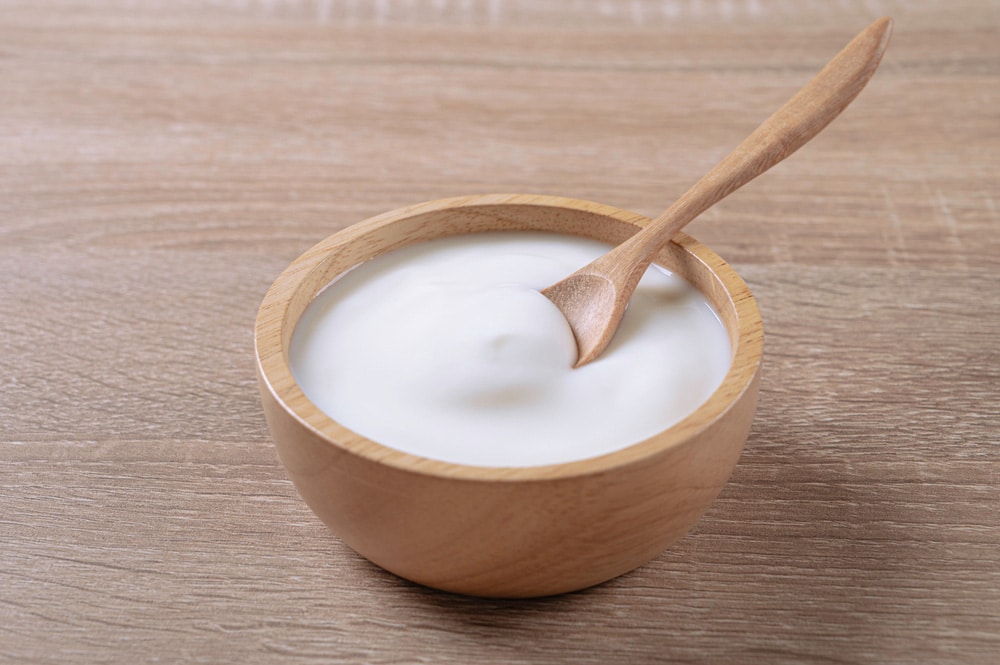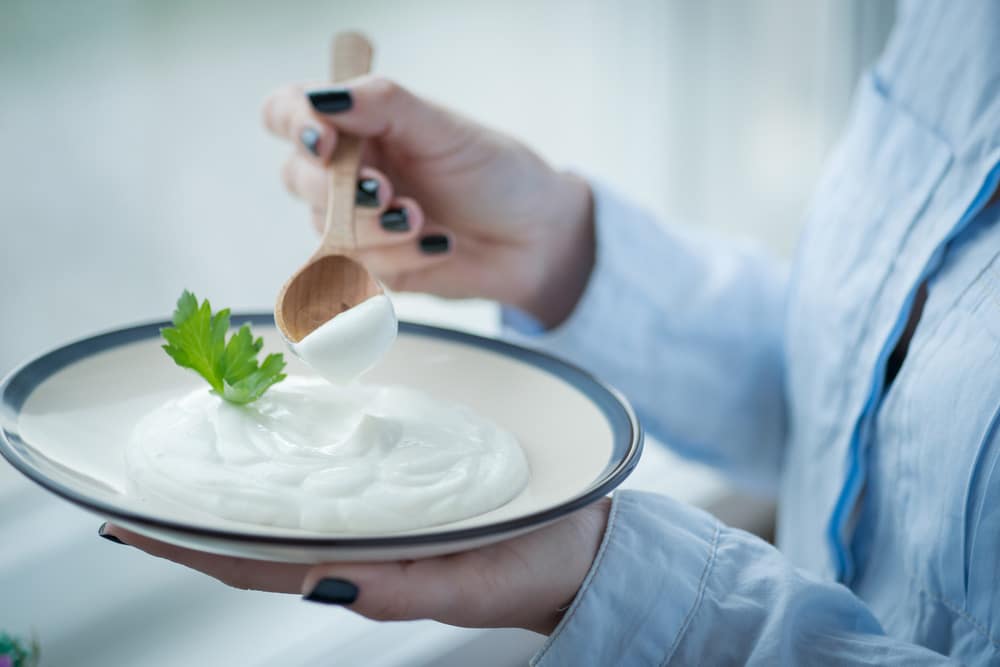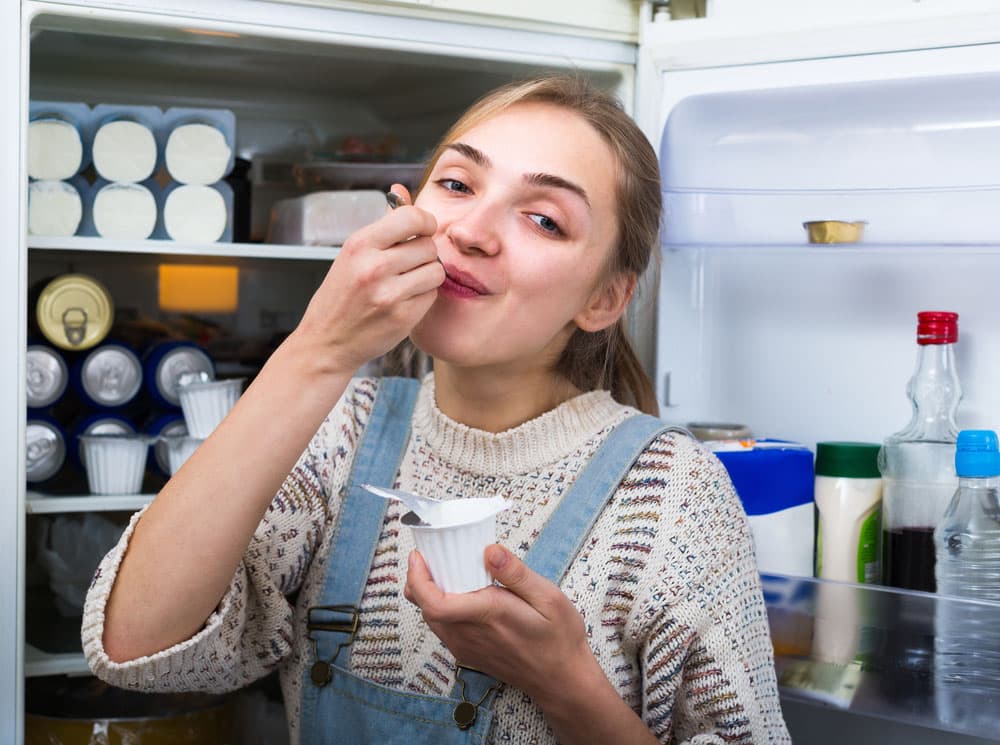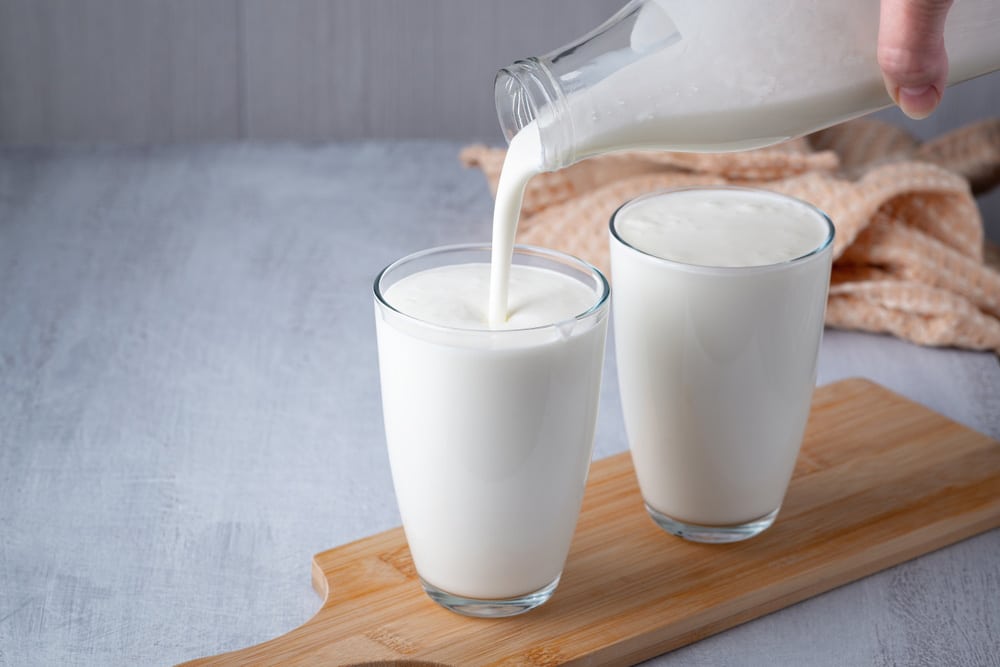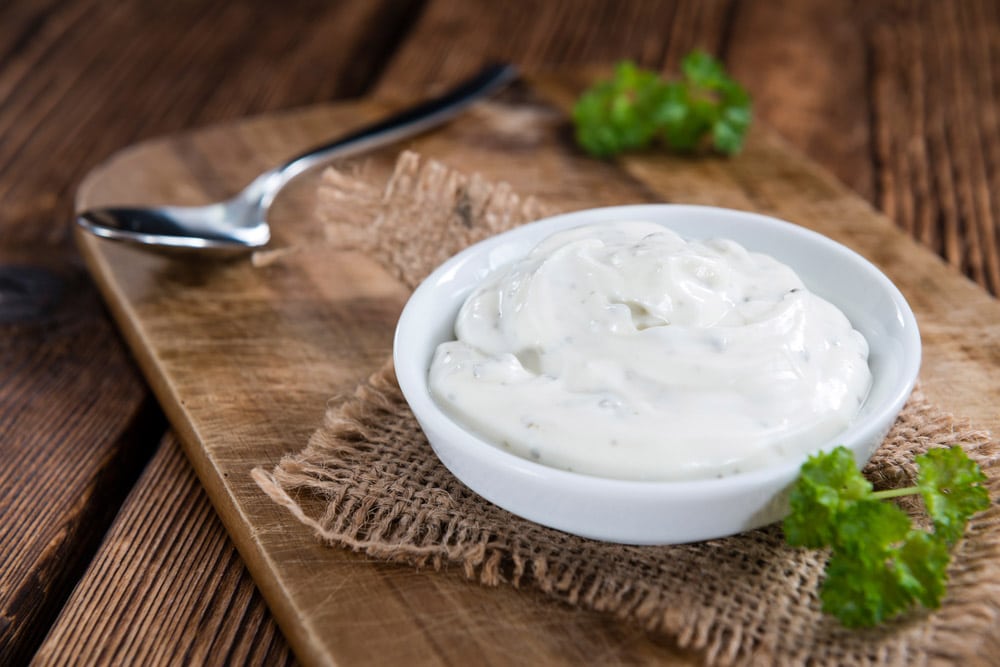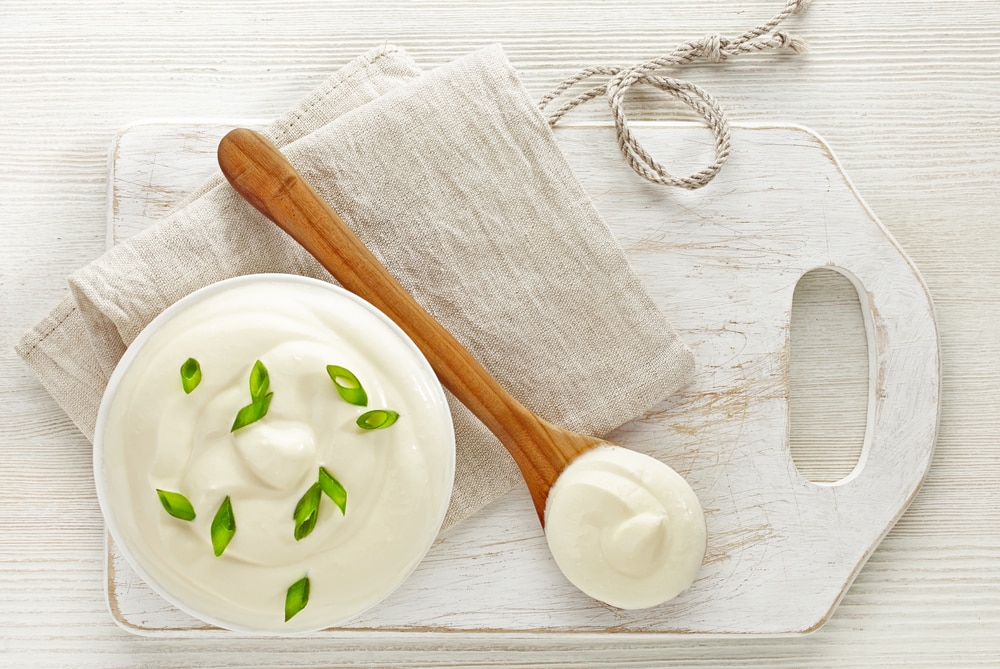
Sour cream is known for its smooth, thick, and creamy texture, and that’s the prime reason it is perfect for making dips and sauces. When you purchase the sour cream and use a bit of it, it’s highly likely that you just stash the leftovers in the fridge.
But that’s not ideal, especially if you expect it to stay in a usable condition for a long time. Sour cream can go bad and result in bad-smelling mess. In some cases, sour cream also gets watery. So, when do you know you need to go and buy a fresh container of sour cream?
If the sour cream you just took out your fridge doesn’t look fine and has a watery texture, read the sections below. We’ll share the necessary facts, so you don’t risk your health or risk ruining a dish by adding ingredients that have gone bad.
Why Does Sour Cream Get Watery?
In the majority of cases, when sour cream goes bad, it will result in an excessive watery texture, instead of the creaminess you expect. However, don’t be too quick to judge.
In most cases, sour cream has some water, even if it’s fresh. But for safety, this liquid must be a very small quantity in comparison to the creamy part. Now, let’s clarify all your options.
What Exactly is the Liquid Found in Sour Cream?
This watery texture is also known as whey and is one of the proteins available in milk. Therefore, whey liquid isn’t bad for you on its own. Whey actually has lots of proteins and calcium to give you.
To make sour cream, stabilizers are added to reduce the whey separation and for enhancing the overall texture. For the most part, the manufacturers use guar gum, carrageenan, and food starch.
The sour cream manufacturing process actually leads to the whey being suspended within the walls of milk cells. You may see proof of this when you dip something into sour cream. The cell walls are disturbed and whey can leak out. This then accumulates on top of the sour cream.
Also, when additional stabilizers rise to the top and appear on the sour cream’s surface, it causes a watery texture. It generally happens when the container is left in the refrigerator for too long.
Understanding Manufacturing Processes of Sour Cream
This tangy treat called sour cream is manufactured after the fermentation of cream and with the addition of butterfat. In addition, the manufacturer will add bacteria to convert lactose into lactic acid.
The lactic acid will create that well-known sour flavor, and it will also result in thickening the texture. As mentioned above, there are stabilizers in the sour cream as well.
But just because a container is sealed while in your fridge, it doesn’t mean nothing happens to the content. After a while the stabilizers can move to the top and you’ll notice the liquid that’s less appetizing than the cream below.
Is Sour Cream Still Good to Use if It’s Become Watery?
The watery whey that appears on the top of the cream is mostly harmless as long as the sour cream itself hasn’t gone bad. For this reason, you don’t have to throw away a container of sour cream just because you notice liquid on top.
You can simply mix the sour cream with the small quantity of water, in order to use it as you would normally do. But more about this below.
How do You Know Your Sour Cream has Gone Bad?
There are four main signs to look for to know if sour cream is spoiled.
- Firstly, use your sense of sight to gauge if sour cream is off. The amount of water compared to the amount of creamy substance is key. Compare the ratio and if the majority has turned into a liquid, it’s most likely not safe to use anymore.
- Secondly, you also need to throw out sour cream if you notice any mold in the container.
- Thirdly, use your sense of smell. When sour cream is bad it will smell much more sour than you’re used to. If this is the case, rather discard and use a fresh batch.
- Lastly, when sour cream is really spoiled the texture usually changes significantly. You can touch it or stir it with a spoon. If you notice some of the signs above along with a different texture than the creaminess you’re used to, it’s more confirmation that your sour cream is no longer usable.
Preventing The Watery Texture on Top of Sour Cream
When it comes down to sour cream and an excessively watery substance on top, the reason would be because the sour cream has gone bad. However, if there is no mold growth or unpleasant aroma coming from the sour cream, you can simply drain out the water and use the thicker, creamier part.
To help you out, we list some tips to prevent the chances of a watery substance appearing on top of your sour cream from now on:
- Pour the sour cream into an airtight container and place it upside down. This storage method can actually prevent liquid from collecting on the surface.
- If you have to store sour cream for a week or two in the refrigerator, whip the sour cream with a clean spoon every day. This motion will keep dissolving the watery content in the cream, increasing the chances of it still being good and looking appetizing once you’re ready to use it.
Can You Fix Sour Cream After it Has Gone Watery?
You can’t turn the watery substance into more sour cream, but you can mix the liquid into the creamy contents of the container. It will dissolve to some extent, so you have a creamy product again.
However, if the sour cream has a lot of liquid and it has gone bad, you can’t do anything to fix it. You’ll have to throw it out, or you risk getting diarrhea or even severe food poisoning.
How Long Will Sour Cream Last when in the Fridge?
For safety, always use our tips above to determine whether the sour cream you open is still good to use or already spoiled. Rather be on the safe side when it comes to using dairy products, because it’s actually dangerous to ingest some of them when they’ve gone bad.
Usually though, after opening a container, your sour cream will still be good after keeping it in the fridge for a maximum of two weeks. Depending on the manufacturer, sour cream may have ‘sell by’ dates, rather than ‘expiry date’ information.
If you have a sealed product—that hasn’t been opened since being bought at the store—you can keep it for as long as three weeks after this ‘sell by’ date. Just make sure it’s kept in the fridge the entire time. When you open it, refer to our tips above on determining whether it’s still usable.
For sour cream that does have an expiry date, rather don’t eat it once that date has passed. Also don’t use it in dishes, even if it will be baked or cooked. The heat won’t reduce the risk of the bad sour cream affecting your health.
Are There Any Substitutes for Sour Cream?
So, what to do if you need sour cream for a recipe but you discover your sour cream has a large quantity of water on top? Or it smells? You can try one of the following as substitutes for sour cream:
- Buttermilk
- Cottage cheese
- Greek yoghurt
- Crème Fraiche
- Mayonnaise
- Coconut milk
The best option depends on the type of dish you’re making.
Can You Make Sour Cream Thicker and Creamier?
Don’t be too hasty when planning on using your sour cream. To be clear, here we’re referring to sour cream that hasn’t gone bad. On occasion you may open the container and find it looks a bit runny, while certain sections do have the creamy texture you love.
But don’t worry, seeing a tiny bit of liquid doesn’t mean it’s all gone bad. Simply take the sealed container and give it a good shake, or simply stir thoroughly with a spoon. This will properly mix the different parts of the sour cream mixture, so it’s all thick and creamy again.
Before shaking you can also pour out some of the liquid if you want. Also note that if you allow sour cream to warm up to room temperature after taking it from the fridge, it may be creamier.
This is because heat affects the proteins and results in cream coagulating. And some experts add a bit of flour for a thicker consistency, while also helping to avoid curdling.
The Bottom Line
To summarize, it’s perfectly safe to have a small amount of a watery substance in a sour cream tub. It can simply be drained out, or mix everything together well to get the creaminess you’re after.
However, before you use the sour cream, don’t forget to check for mold and smell – if there are no such issues, you can use with peace of mind. Last but not least, always check the expiry date on the sour cream container before using it.
